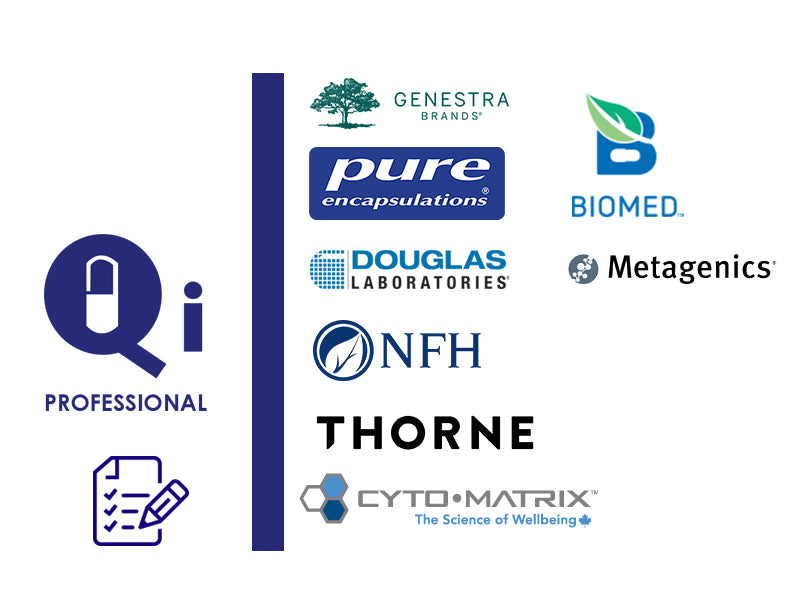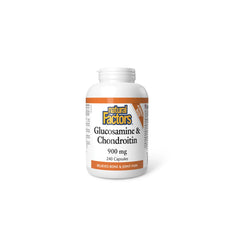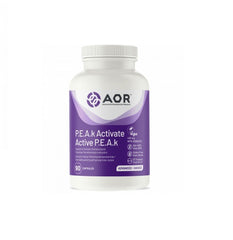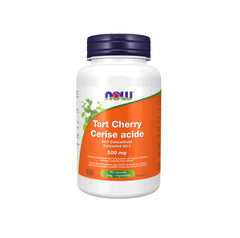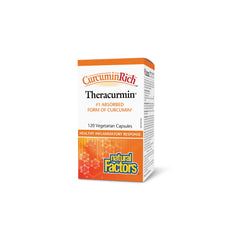INFLAMMA-MEND AD TEXT
HEADLINE TEXT
INFLAMMA-MEND targets inflammation by reducing pain and swelling, increasing the production of anti-inflammatory mediators, and preventing the production of pro-inflammatory cells.
BULLET POINTS
-
INFLAMMA-MEND targets inflammation by reducing pain and swelling
-
It increases the production of anti-inflammatory mediators, and helps prevents the production of pro-inflammatory cells
-
Great for chronic inflammatory conditions throughout the body
PARAGRAPH TEXT
INFLAMMA-MEND targets inflammation by reducing pain and swelling, increasing the production of anti-inflammatory mediators, and preventing the production of pro-inflammatory cells. The individual components of INFLAMMA-MEND work synergistically to provide support for both short and long-term exposures to damage by targeting the underlying mechanisms of inflammation.
LONG FORMAT TEXT
Inflammation can sometimes be seen, like the swelling and redness that occurs when you sprain your ankle. This type of inflammation is usually short-term. Pain forces us to rest, while swelling and redness are signs that increased blood flow is bringing cells to heal the injury. In this instance, inflammation is necessary to heal the body.
Silent inflammation (also called chronic inflammation) occurs within the body and generally cannot be seen. It is much more harmful and its long-term damage leads to chronic disease, such as diabetes, heart disease, autoimmune disease, asthma, and inflammatory bowel conditions 1,2.
Imagine that an injury to your body is like a fire. Your immune system calls the fire department, and they arrive with their sirens and lights, block off the street, and use their tools to put out the fire. The firetrucks cause a necessary disruption to the neighbourhood (inflammation), but after the fire has been put out, they leave, and the neighbourhood returns to normal.
This exactly how your immune system responds to harm. It sends white blood cells to the injured area, causing a short-term disruption to the cells around the site, but it’s a worthwhile trade-off to fight an infection or heal an injury.
However, imagine this fire has been burning for a long time and has gotten out of control. Neighbouring homes become damaged, smoke pollution impacts people for miles, and the neighbourhood struggles to continue its normal daily activities.
This is what happens when we experience chronic inflammation. Our bodies become like an uncontrolled fire that causes widespread damage and disease. To heal chronic inflammation, we need to do three things: stop feeding the fire, call in reinforcements to help put out the fire, and eventually we need to rebuild the neighbourhood.
-
Stop feeding the fire: identify the root causes of inflammation and work toward reducing or eliminating them. Common sources include untreated injury, stressful lifestyle, and exposure to pollutants, unhealthy foods, or infection.
-
Call in reinforcements: INFLAMMA-MEND is a powerful tool for putting out the fire and reducing chronic inflammation. It helps stop inflammation at its source.
-
Rebuild the neighbourhood: Continued use of INFLAMMA-MEND, combined with maintaining a healthy lifestyle, allows your body to return to health.
People who are living with chronic health conditions, are experiencing pain, or have undergone long-term exposures to physical, infectious, or environmental damages will undoubtedly have high levels of chronic inflammation, but the signs can be easy to miss.
Clues that you may be living with chronic inflammation include fatigue, pain, depression, anxiety, digestive disorders, insomnia, frequent infections, high blood pressure, inflammatory bowel disease, or diagnosis of a chronic health condition3. These symptoms are the body’s way of telling us that it is fighting chronic inflammation and could benefit from support.
INFLAMMA-MEND targets inflammation by reducing pain and swelling, increasing the production of anti-inflammatory mediators, and preventing the production of pro-inflammatory cells. The individual components of INFLAMMA-MEND work synergistically to provide support for both short and long-term exposures to damage by targeting the underlying mechanisms of inflammation.


